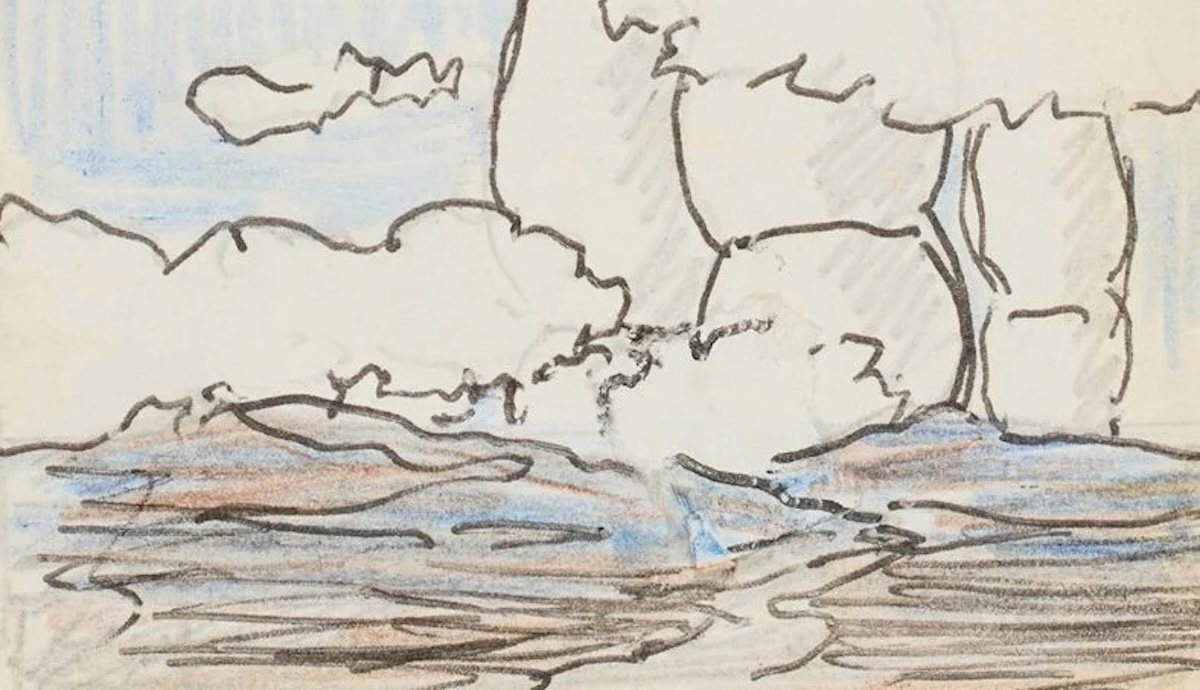
Operation Pandora VIII, an annual international art trafficking operation, recovered over 6,400 stolen cultural objects this year. The operation brings together customs and law enforcement authorities from several countries to recover illegally trafficked goods—ranging from ancient artifacts to contemporary artworks—and to penalize perpetrators.
What is Operation Pandora?

Operation Pandora is an annual law enforcement operation within the European Multidisciplinary Platform Against Criminal Threats (EMPACT). Launched in 2016, the program combats illegal art trafficking through coordinated efforts between participating countries. INTERPOL facilitates information exchange and other support through its Stolen Works of Art Database and ID-Art mobile app. Europol also provides analytical, operational, and communications support.
This year’s art trafficking operation, Pandora VIII, was led by the Spanish Guardia Civil. It involved rigorous inspections at airports, border crossings, ports, auction houses, and museums—totaling several thousand checks, according to INTERPOL. Law enforcement officers also conducted thousands of online investigations to retrieve stolen items. Altogether, the operation resulted in 85 arrests and the recovery of over 6,400 cultural objects. Currently, there are 113 ongoing criminal cases and 137 administrative cases, which may lead to additional arrests and seizures.
Art Trafficking Operation Recovers Centuries of Cultural Objects

Across Europe, Operation Pandora VIII recovered artworks and artifacts ranging from ancient ceramics to contemporary paintings. The Bulgarian Customs Agency seized hundreds of ancient coins in transit from Turkey to France, and the Hellenic Police, Greece’s national police force, seized dozens of ancient amphorae. The Italian Carabinieri seized over 2,000 ceramic and lithic artifact fragments, as well as a contemporary painting valued at over $100,000. French law enforcement seized an illegally exported painting by Vietnamese artist Mai Thứ, also worth six figures.
A 19th-century wooden iconostasis, which was stolen from a Romanian church, was recovered by Romanian law enforcement after being listed for sale online. Czech National Police also recovered a 17th-century wooden statue of Saint Bartholomew that was stolen from the Last Supper Chapel in Římov in 1994. They returned the statue to its original owner. Polish National Police recovered an additional 229 objects, some made of ivory, with a total value of over $150,000.
Spain and Ukraine Seize Gold Worth Millions

A notable collaboration between Spain and Ukraine led to the recovery of eleven gold objects worth over $65 million. These objects were linked to a money laundering scheme involving the illegal transport of Scythian cultural artifacts from Ukraine to Spain. The Spanish Guardia Civil also seized a private collection of 350 stolen objects, including lithic, ceramic, and metal pieces dating back to various archaeological periods.
This year, 25 countries participated in the international art trafficking operation: Albania, Austria, Bosnia and Herzegovina, Bulgaria, the Czech Republic, Croatia, Cyprus, France, Germany, Greece, Ireland, Italy, Latvia, Malta, Montenegro, the Netherlands, Norway, Poland, Portugal, Romania, Spain, Serbia, Sweden, Ukraine, and the United Kingdom.









